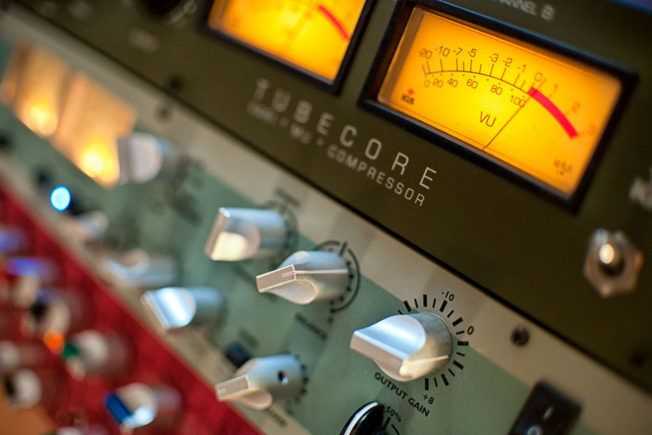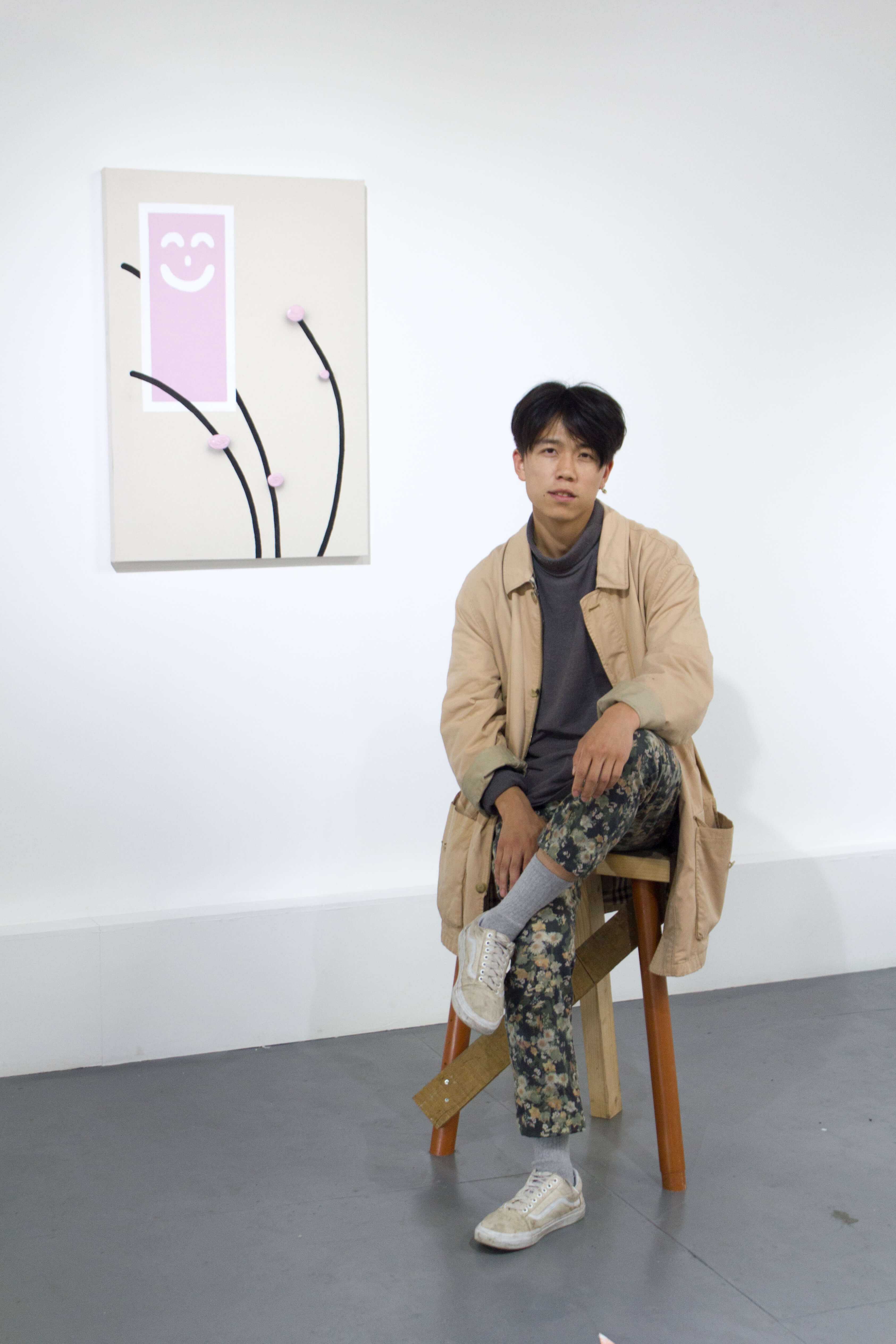table of Contents
- Exploring Techniques for Captivating Watercolor Landscapes
- Choosing the Right Supplies for Stunning Results
- Mastering Light and Shadow in Landscape Painting
- Tips for Capturing Perspective and Depth in Your Art
- Q&A
- Closing Remarks
Exploring Techniques for Captivating Watercolor Landscapes
Creating captivating watercolor landscapes involves a blend of technique, observation, and creativity. one essential approach is to start with a strong composition. This can be achieved by employing the rule of thirds, ensuring that your horizon line and key elements are well-placed to draw the viewer’s eye across the piece. Additionally, consider using value sketches before applying paint; this helps to map out light and dark areas, giving you a clearer vision of the final artwork.
When it comes to color, harmonious palettes are essential in watercolor landscapes. Utilize analogous colors-those that sit next to each other on the color wheel-to create a sense of depth and tranquility. Experimenting with layering techniques can introduce complexity. Allow your first washes to dry entirely before adding another layer; this not only improves the vibrancy but also prevents muddy colors. Here are some effective layering approaches:
- Wet-on-Wet: This technique allows colors to blend and diffuse beautifully, perfect for skies or distant hills.
- Wet-on-Dry: This gives you more control over the request, ideal for detailed areas like trees or structures.
- Glazing: Applying a transparent wash over a dried layer can modify colors without losing the initial depth.
don’t underestimate the power of textures in your artwork. Incorporating textures can emphasize natural elements such as foliage, rocky surfaces, and water reflections. Using tools like sponges, salt, or even a credit card can produce unique effects. For a rapid reference,consider this table showcasing some popular texturing techniques:
| Technique | Description | Effect |
|---|---|---|
| Salt | sprinkle salt on wet paint. | Creates starburst-like textures. |
| Sponges | Use a sponge to dab paint. | Adds softness and blends colors. |
| Rubbing Alcohol | Dot or brush it on wet paint. | Creates a unique, varied texture. |


Choosing the Right Supplies for stunning Results
When diving into watercolor landscapes,the choice of supplies is crucial for achieving breathtaking results. First and foremost, selecting the right watercolor paints can significantly influence the vibrancy and depth of your work.Brands like Winsor & Newton, Daniel Smith, and Schmincke offer a range of hues that can cater to both beginners and seasoned artists. Experimenting with different types of paints-such as tubes versus pans-can help you determine which format suits your style best.
Next, consider the importance of quality watercolor paper. Using paper that is specifically designed for watercolor applications can prevent issues such as warping and excessive absorption. Look for papers that are cold-pressed for a textured finish or hot-pressed for a smooth surface. The weight of the paper, usually indicated in grams per square metre (gsm), is another essential factor; aim for at least 300 gsm for optimal performance.
Don’t underestimate the impact of brushes on your painting experience. A variety of brush shapes and sizes can allow for different techniques and effects, from broad washes to delicate details. Invest in a good set that includes:
- Round brushes for detail work
- flat brushes for washes and large areas
- Fan brushes for texture
consider additional tools like masking fluid to preserve white areas, and palette knives for mixing paints. Organizing your supplies into a dedicated watercolor kit can definitely help streamline your process and ensure you have everything within arm’s reach. Whether you’re planning a serene sunset or a bustling riverside scene, the right combination of materials will significantly enhance your creative journey.


Mastering Light and Shadow in Landscape Painting
Understanding the interplay of light and shadow is crucial for creating captivating watercolor landscapes. When painting, the way light interacts with the landscape can transform an ordinary scene into a dynamic composition. Observing the natural world closely will help you recognize various sources of light-such as the sun, moon, and artificial lights-and how these illuminate different elements in your painting.
To effectively depict light and shadow, consider these techniques:
- Value studies: Create quick sketches to examine how light affects different surfaces and tones.
- Layering washes: Use transparent layers to build depth; lighter washes can suggest sunlight, while darker shades can represent shadows.
- Contrast: Play with high contrast in focal areas to draw attention, while using softer transitions in backgrounds.
incorporating shadows is equally as important for your landscape’s realism. Shadows not only ground your elements, providing a sense of space, but they also contribute to the overall mood of the piece. Look for areas where objects cast shadows on themselves or other surfaces, and use these to enrich your composition through a sense of depth and dimension. Remember that shadows don’t always have to be dark; nuanced shades can also evoke subtlety and harmony.
A practical approach to mastering these elements is to perform outdoor sketches, focusing on a particular time of day. The unique qualities of morning, noon, and evening light alter the landscape dramatically. Here’s a simple table to guide your observations during these different times:
| Time of Day | Light Quality | Shadow Characteristics |
|---|---|---|
| Morning | Soft, warm | Long and gentle |
| Noon | Bright, harsh | Short and stark |
| Evening | Golden, warm | long and dramatic |
By refining your abilities in managing light and shadow, you will breathe life into your watercolor landscapes. Each element contributes to the story your painting tells, ensuring that viewers are not just looking but truly seeing the vibrancy captured on your canvas.


Tips for Capturing Perspective and Depth in Your Art
When creating watercolor landscapes, achieving a sense of perspective and depth requires thoughtful planning and technique. One of the essential elements is the use of foreground, middle ground, and background. By carefully considering the placement of objects within these three layers, you can guide the viewer’s eye through the composition.Consider the following strategies:
- Overlap elements: Position foreground objects overlapping with middle ground elements to create a natural sense of depth.
- Size variation: Use larger shapes in the foreground and gradually smaller shapes toward the background; this trick effectively mimics how our eyes perceive depth.
- Atmospheric perspective: Lighter and cooler colors in the background suggest distance, while warmer, more vivid colors in the foreground create a striking contrast.
another critical technique is utilizing linear perspective. This approach can be especially potent when painting landscapes with straight lines, like roads or rivers. implementing one or two vanishing points on the horizon line can draw the viewer in. Consider these tips for a successful linear perspective:
- Identify vanishing points: Determine where parallel lines converge to add realism.
- Draw horizon lines: Ensure your horizon line is at eye level for a more believable scene.
- Utilize leading lines: Include paths or rivers leading to the horizon to invite the viewer’s gaze deeper into the artwork.
Textures can also play a meaningful role in conveying depth within your watercolor landscape. Incorporate various techniques to enhance your texture, such as wet-on-wet, dry brush, or splattering. These methods can increase the organic, immersive quality of your work. Here are some effective texturing tactics:
- Wet-on-wet technique: Apply paint to wet paper for soft, blended textures that mimic clouds or water.
- dry brush technique: Use a dry brush to create rough textures, ideal for bark or rocky surfaces.
- Salt technique: Sprinkle salt on wet paint to achieve unique star-like textures, perfect for skies.
Lastly, balancing color intensity contributes significantly to achieving realism in your landscapes. As you transition from foreground to background, consider this basic color strategy:
| Layer | Color Intensity |
|---|---|
| Foreground | High Intensity |
| Middle Ground | Moderate Intensity |
| Background | Low Intensity |
the combination of clever layering, effective perspective, diverse textures, and balanced color intensity will elevate your watercolor landscapes, making them not only visually striking but also rich with depth and perspective.
Q&A
Q&A: Watercolor Landscapes
Q1: What are watercolor landscapes, and what makes them unique?
A1: Watercolor landscapes are artistic representations of natural scenes created using water-based paints. What sets them apart is the fluidity and transparency of watercolors, which allow for soft blends of color and intricate layering techniques. this medium captures the essence of nature in a way that feels both spontaneous and ethereal, creating a vibrant interplay between light and color.
Q2: What are the essential materials needed for painting watercolor landscapes?
A2: To embark on your watercolor journey, you’ll need a few key materials: quality watercolor paints, which come in tubes or pans; watercolor paper, preferably with a weight of at least 200 gsm to prevent warping; brushes of varying sizes, including flat and round; and a palette for mixing colors. Optional items like masking fluid and sponges can expand your creative options, helping with everything from fine details to textural effects.
Q3: What techniques should beginners learn when painting watercolor landscapes?
A3: Beginners should start with fundamental techniques like wet-on-wet, where paint is applied onto wet paper for soft spreads, and wet-on-dry, which creates sharper edges. Learning to control washes-layering transparent colors over one another-will also be crucial. Additionally, mastering dry brush techniques can add texture and detail to your landscapes, while experimenting with negative painting helps define shapes and forms.
Q4: How can I find inspiration for my watercolor landscapes?
A4: Inspiration can come from numerous sources. Nature itself is a treasure trove; consider visiting local parks, hiking trails, or even your own backyard. Photography can capture scenes that you can reimagine on paper.Additionally, online platforms like Pinterest and Instagram are filled with stunning landscape photography and fellow artists’ works. Remember, inspiration can also stem from emotions and experiences, so allow your personal thoughts to guide your brush.
Q5: What common mistakes should I avoid when painting watercolor landscapes?
A5: One frequent mistake is overloading the brush with water or pigment, leading to muddy colors. It’s essential to find the right balance. Another pitfall is neglecting to plan your composition; sketching lightly before applying paint can save you from regrets later.don’t rush the drying process-allowing layers to dry can deepen colors and enhance the final piece.
Q6: How can I make my watercolor landscapes more visually appealing?
A6: To enhance visual appeal, consider using the rule of thirds in your composition, placing focal points at intersection lines for dynamic balance. Incorporating a foreground, middle ground, and background creates depth, while varied brush strokes and color contrasts can draw attention. Experiment with lighting, creating highlights and shadows, and don’t be afraid to leave areas of white space to let your work breathe and to emulate natural light.
Q7: Do you have any tips for framing and displaying watercolor landscapes?
A7: When framing watercolor landscapes, choose matting that complements the colors in your artwork without overpowering them. Glass or acrylic protection can safeguard your paintings, but ensure they are UV-protective to prevent fading. Displaying your work in natural light enhances colors, but steer clear of direct sunlight to mitigate damage. Lastly, consider rotating your pieces seasonally for fresh inspiration in your space.
With these questions and answers, you can delve deeper into the world of watercolor landscapes and cultivate your skills and creativity. Enjoy the journey!
